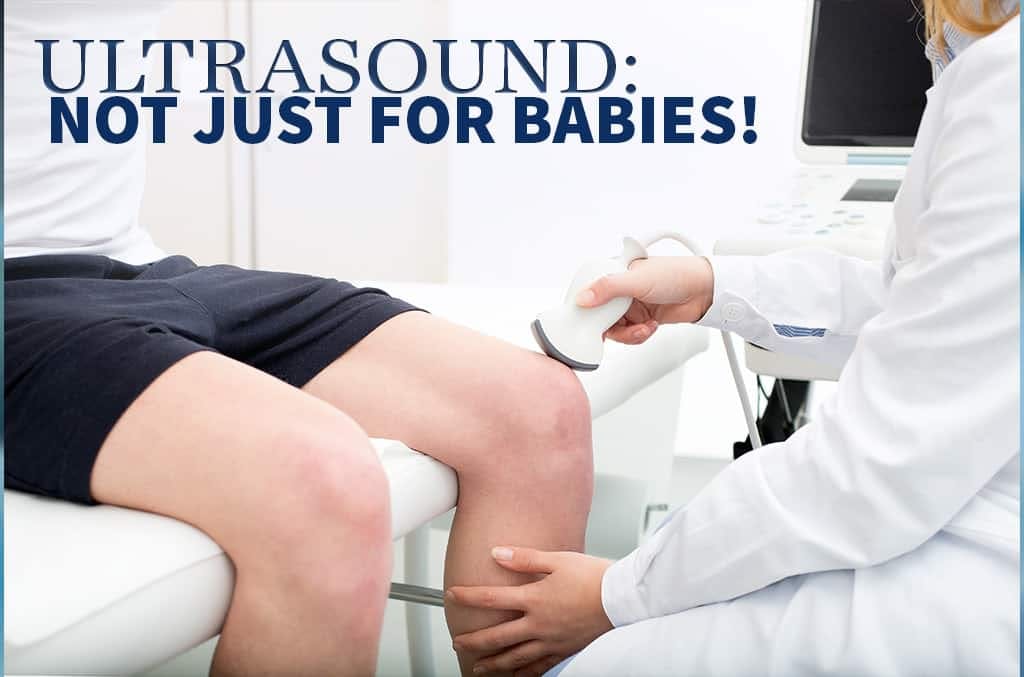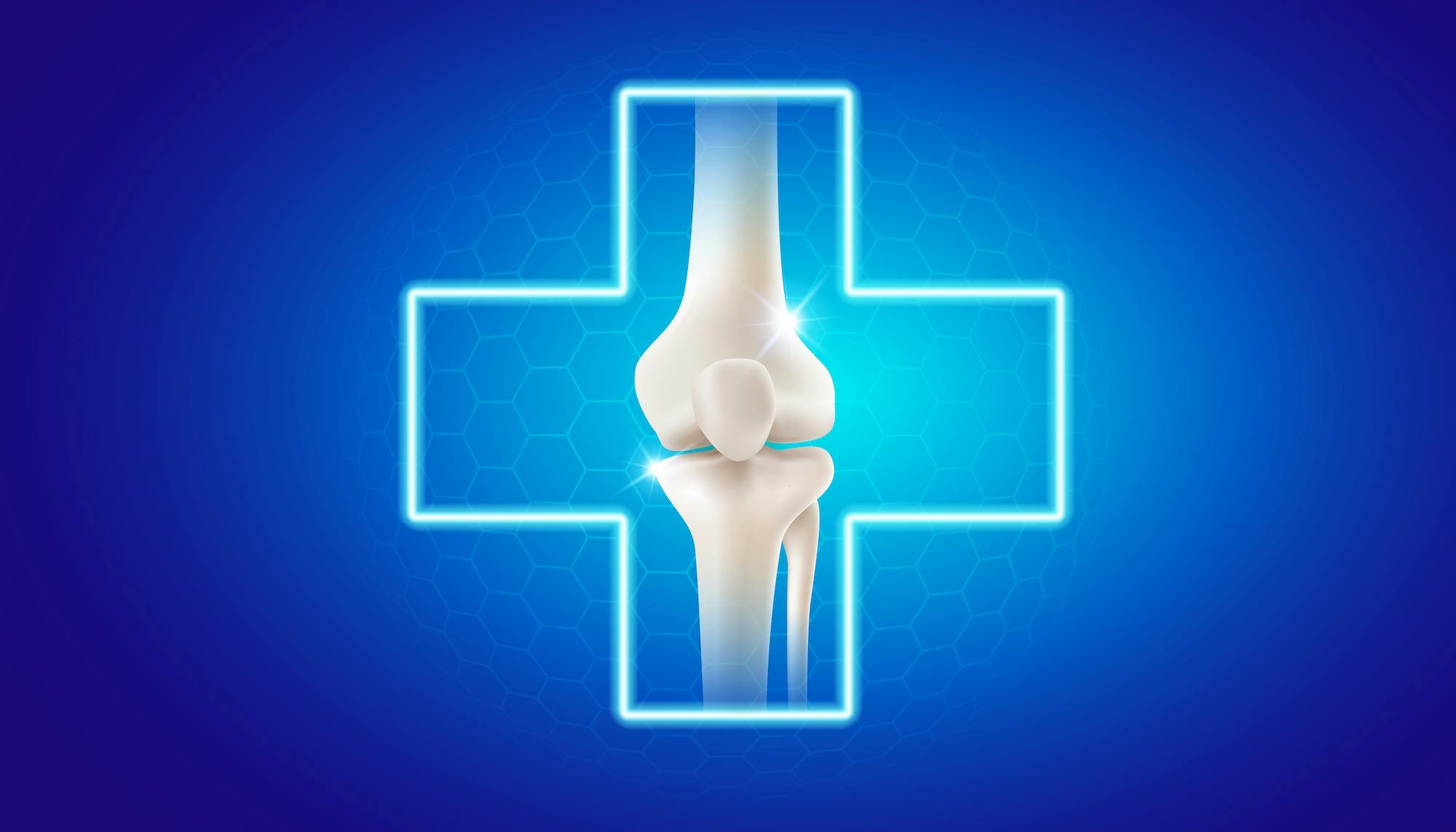Ultrasound: Not Just for Babies!
When most people hear the word ultrasound, images of a happy, expectant couple huddled around a black and white screen hoping to catch a glimpse of their baby for the first time come to mind. While this is accurate–and adorable to think about!–ultrasound actually has clinical applications far beyond obstetrics, and ultrasound machines are just as often found in the offices of sports medicine physicians. This advanced imaging modality can be used for the diagnosis, treatment and management fo a wide-variety of musculoskeletal conditions, and is quickly becoming the standard of care across the country. Furthermore, ultrasound offers a number of key advantages over traditional advanced imaging techniques like x-ray, computed tomography (CT), and magnetic resonance imaging (MRI).
Ultrasound scanning, which is often called sonography, uses a transducer or probe and ultrasound gel to emit high-frequency sound waves into the body. The transducer collects the refracted sound waves as they “bounce” back off of structures within the body, and then a computer within the machine processes those waves into an image that is projected on the screen. This process takes microseconds, so ultrasound imaging is real-time and on-demand. Because ultrasound images are captured, processed and displayed in real-time, they allow a clinician to visualize the structures and movement of the musculoskeletal system, and can even display the flow of blood through the vessels within muscles, tendons, and ligaments.
Applications of Ultrasound Imaging in Orthopaedics
Ultrasound machines, which can range in size from a cellphone to a small cabinet, use sound waves to visualize the soft tissues of the body, including muscles, tendons, ligaments, and joint spaces. They provide safe, painless, and real-time imaging to a clinician, without any harmful ionizing radiation or the need for uncomfortable positioning. Ultrasound imaging has both diagnostic and therapeutic uses in orthopaedics, making it a very versatile tool.
The primary use of ultrasound imaging in sports medicine is as a diagnostic tool. The ability to visualize the anatomical structures of a joint or extremity in real-time and under the physics of movement allow sports medicine physicians to more accurately diagnose soft tissue injuries. Ultrasound also excels at locating and identifying foreign bodies, as frequently happens in traumatic accidents. The procedure can be used to diagnose tendon, muscle, and ligament tears; sprains; effusions in the joint and bursae; nerve entrapments; and tumors, cysts or abscesses.
In addition to the diagnostic applications, ultrasound imaging is often used as an adjunct to minimally-invasive procedures. Whether a physician is performing an injection, orthobiologic/regenerative medicine procedure, or another minimally- or micro-invasive procedure, their need to visualize the anatomy of the treatment area is paramount. Ultrasound imaging allows a physician to do just that in a safe, painless, and cost-effective manner, and as such has been incorporated into the standard of care for a number of these procedures.
Advantages of Ultrasound
Ultrasound has a number of advantages over other advanced imaging modalities. As mentioned above, the fact that ultrasound imaging is on-demand and real-time lets a physician view the underlying anatomy both at rest and in motion, which allows for a more accurate diagnosis. Ultrasound imaging is also highly portable–some units fit in the palm of your hand–which allows it to be deployed virtually anywhere. It is also safe–so safe, in fact, that they routinely perform the procedure on pregnant women!–painless, and much faster than magnetic resonance imaging (MRI) or computed tomography (CT) scans. Finally, ultrasound imaging is a very cost-effective solution as it demands a fraction of the cost of other advanced imaging modalities. One study estimated that substituting ultrasound for MRI, when appropriate in treating musculoskeletal conditions, would save Medicare almost $7 billion in fifteen years!
If you are suffering from a musculoskeletal injury or condition, there is a good chance ultrasound imaging should be a part of your diagnosis and treatment plan. Seeking out a physician with advanced proficiency in ultrasound imaging could lead to safer, more affordable, and more accurate treatment. Dr. Hackel is among the leading ultrasound operators in the world, and he is called on frequently to teach courses across the country to share his knowledge.



